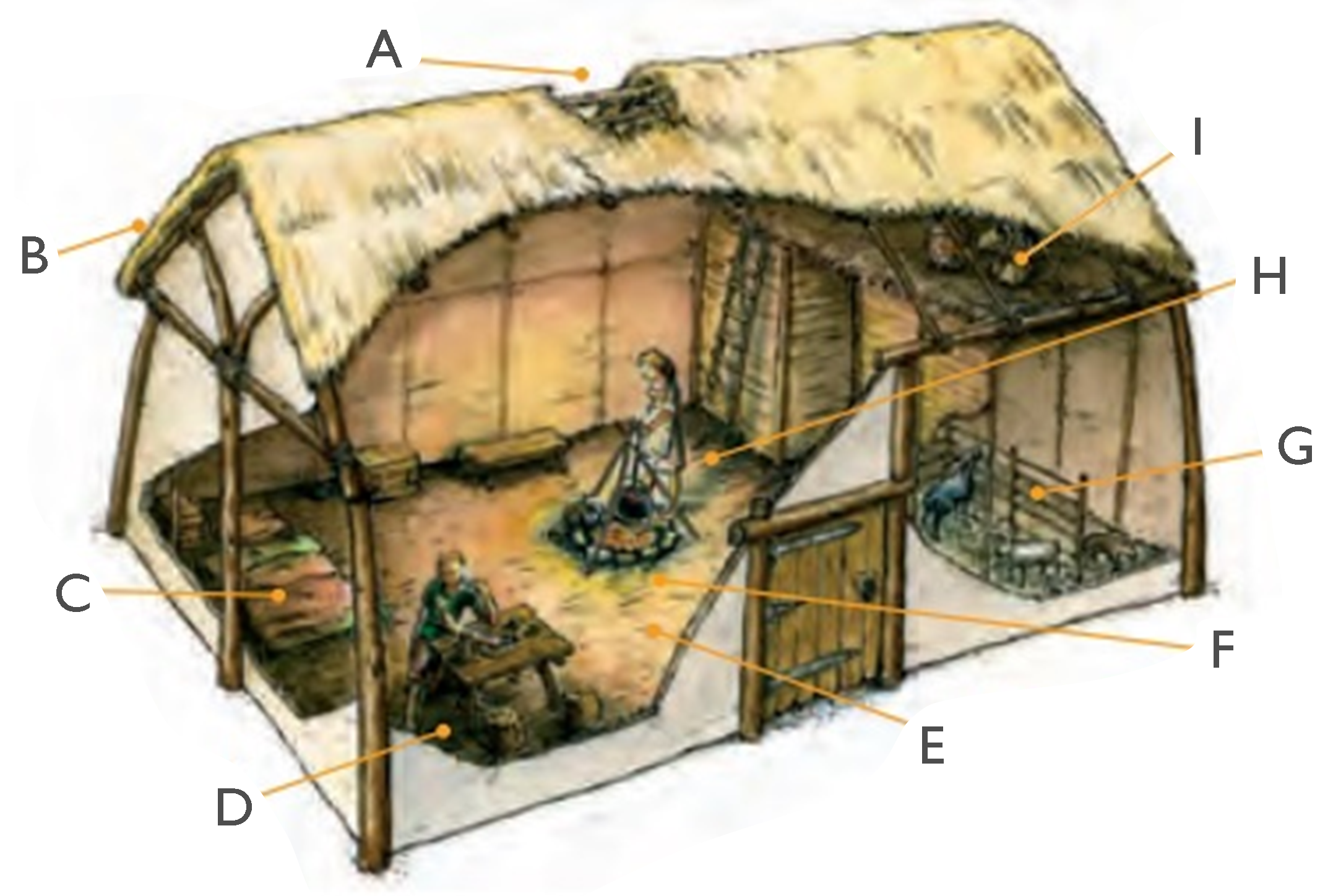Difference between revisions of "Hovel (dwelling)"
Tao alexis (talk | contribs) |
Tao alexis (talk | contribs) |
||
| Line 11: | Line 11: | ||
== Distribution == | == Distribution == | ||
It's not unlikely to find hovels in both [[Infrastructure|developed and undeveloped]] [[6-mile hex|hexes]], though never within manufacturing or commercial towns, as they are liable to burn too easily. They can be found, however, on the fringes of a city, or within a country town, or throughout a village. They are the only dwellings to appear in very isolated spaces. | It's not unlikely to find hovels in both [[Infrastructure|developed and undeveloped]] [[6-mile hex|hexes]], though never within manufacturing or commercial towns, as they are liable to burn too easily. They can be found, however, on the fringes of a city, or within a country town, or throughout a village. They are the only dwellings to appear in very isolated spaces. | ||
| + | |||
| + | |||
| + | See also,<br> | ||
| + | [[Hammer (symbol)]]<br> | ||
| + | [[The Adventure]]<br> | ||
| + | [[Type-7 Hex]] | ||
Revision as of 21:08, 2 December 2022

Hovels are simply-constructed peasant dwellings constructed of rough-hewn wooden poles, wattle, daub and thatch. Such dwellings are distinct to temperate areas, with subtropical and tropical dwellings having other characteristics. Moreover, numerous cultures more nomadic in character do not build permanent structures for daily living.
Construction
The creation of a hovel requires little practical experience, so that characters whose background includes farming and animal husbandry are able to build this sort of structure, as well as those who've studied construction. Another benefit is that the building can be expanded by adding additional frames following it's initial creation.
Key is the vertical frame, as shown on the picture's left, consisting of a lashed triangular structure supported by three beams. This is fashioned from young trees with a 2 to 4 inch width; the tree is cut, curved and allowed to dry, so that it can be lashed together to form the peaked frame. This is then linked to like frames to form the hovel's skeleton. Wattle and daub, consisting of a woven lattice of wooden strips that can be collected freely, supports a thickness of thatch upon the roof that keeps the interior dry, while serving as the non-supportive walls between lashed frames. When desiring to enlarge the hovel, another frame of any size can be added to the ends or sides of the existing structure. Hovels that have existed for many years usually have additional rooms for animals and family members.
Typical sizes range from 15 ft. wide to between 20 and 25 ft. long. A new hovel may only be 15 ft. square, or even smaller, if the resident has no family to support. The building can be easily breached and is susceptible to storm damage, but a destroyed hovel can be easily rebuilt within weeks. Within, there is little that would be valuable to a burglar or bandit. The amount of living space can be more than sufficient for a family prepared to sleep together in a single room, close to a smoldering fire.
Distribution
It's not unlikely to find hovels in both developed and undeveloped hexes, though never within manufacturing or commercial towns, as they are liable to burn too easily. They can be found, however, on the fringes of a city, or within a country town, or throughout a village. They are the only dwellings to appear in very isolated spaces.
See also,
Hammer (symbol)
The Adventure
Type-7 Hex